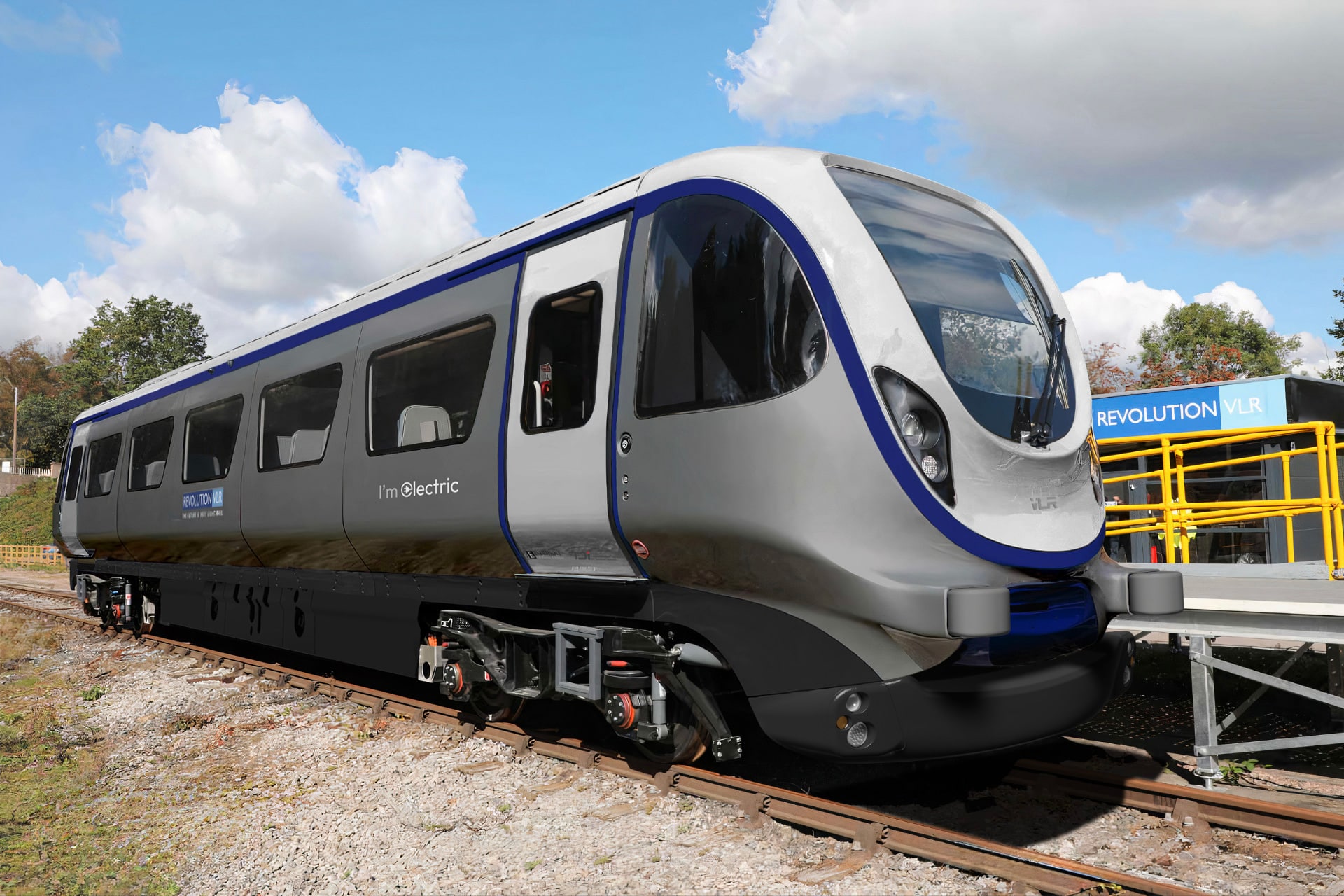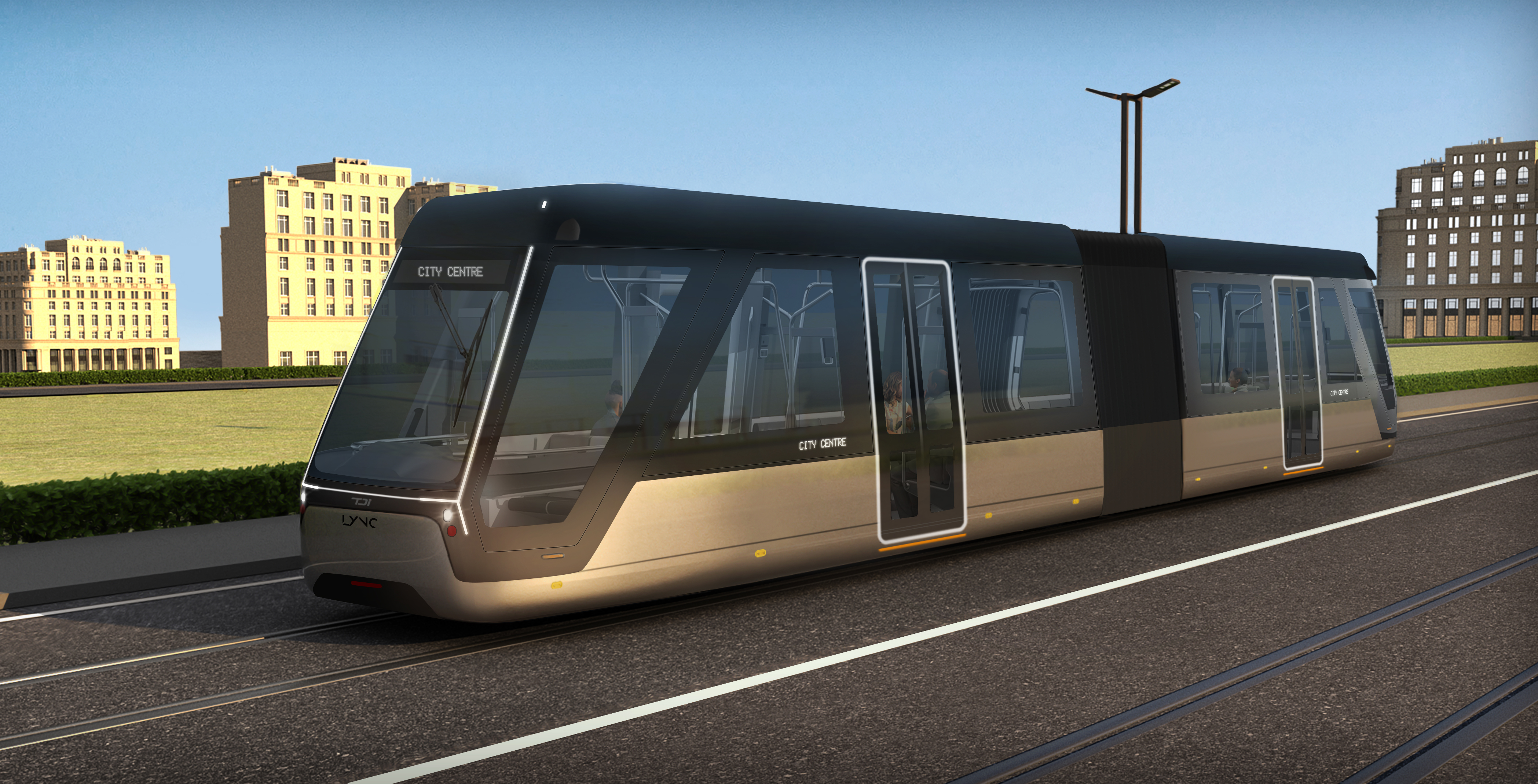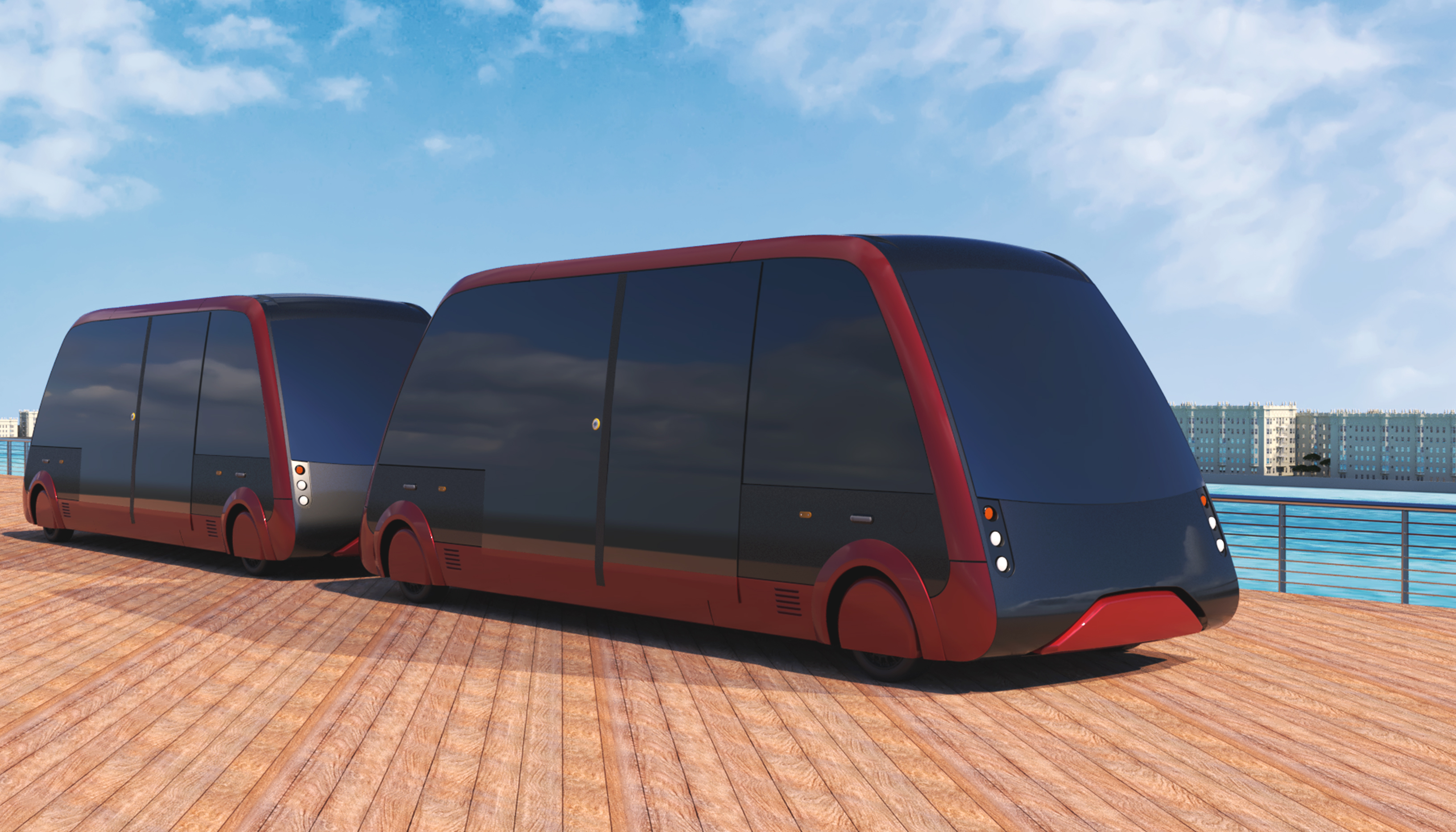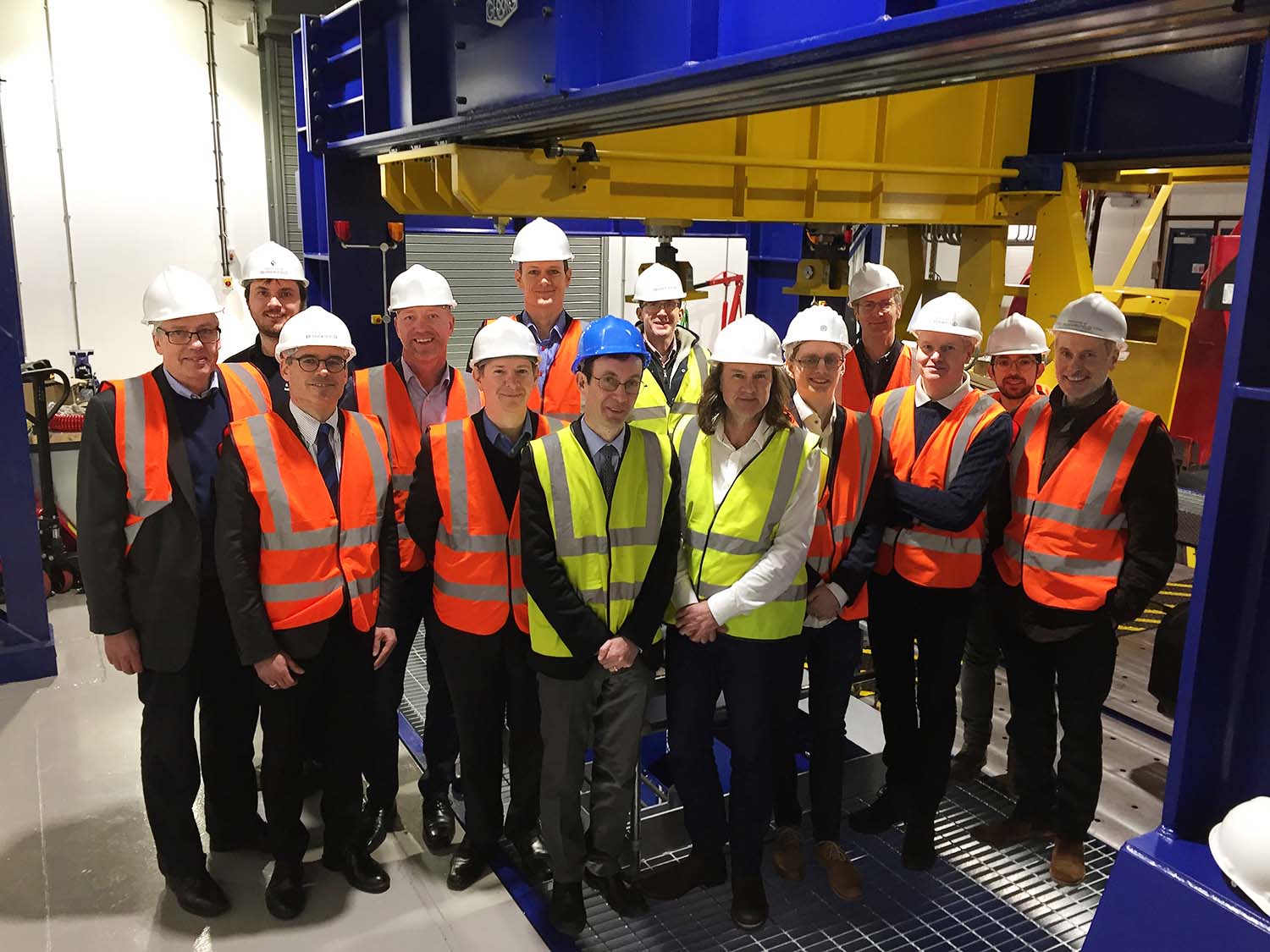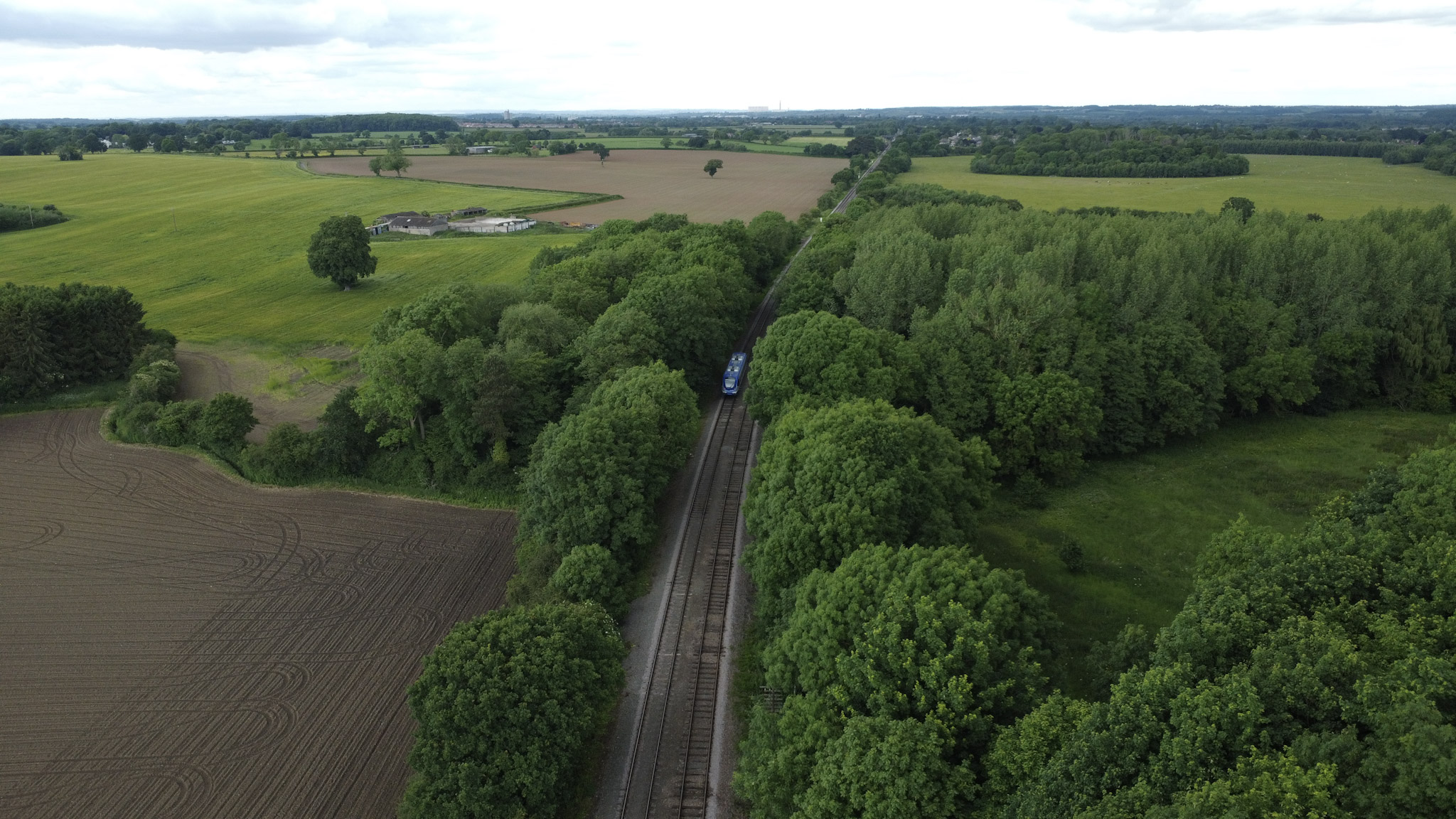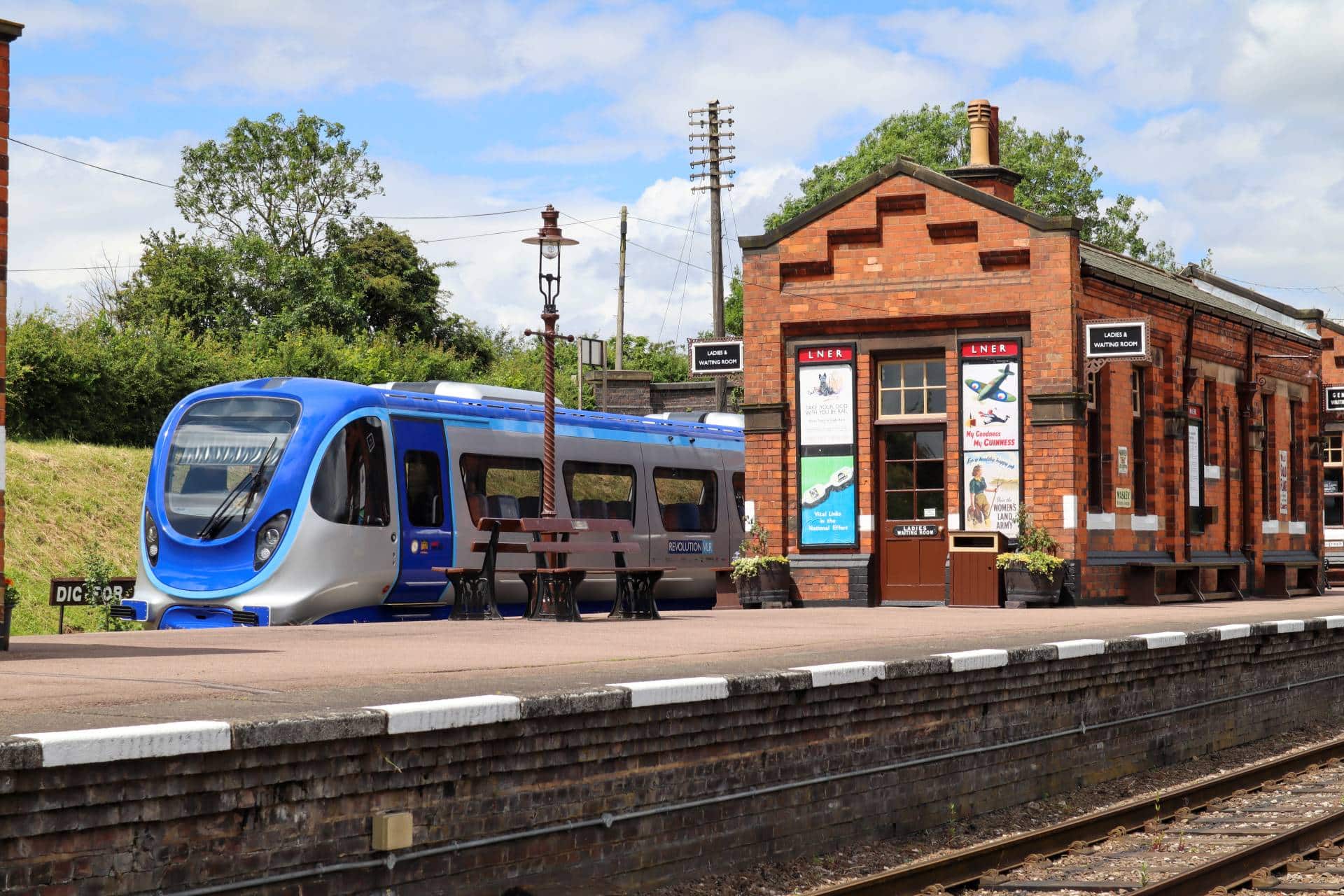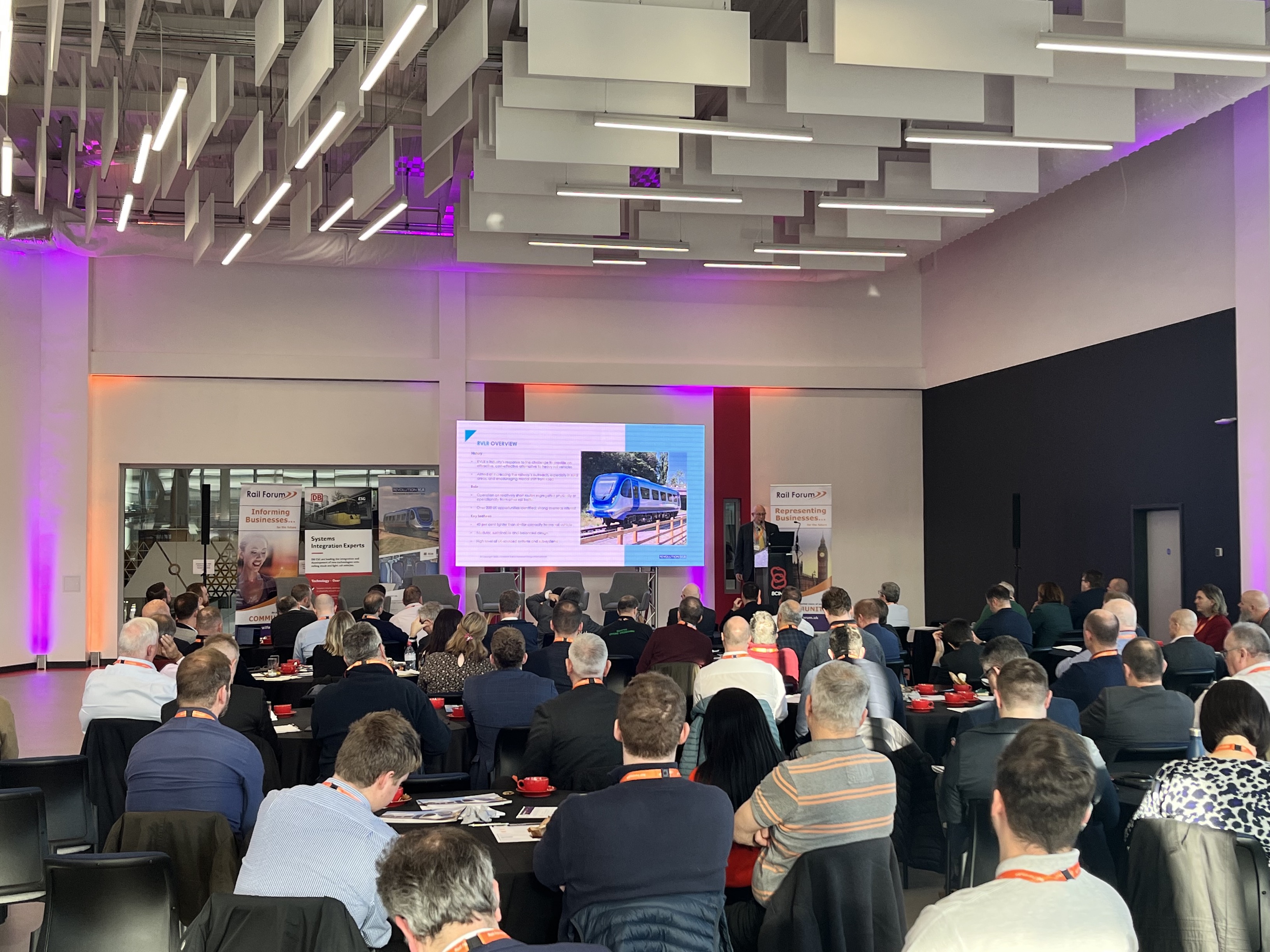PRESS RELEASE FROM HUDDERSFIELD UNIVERSITY
Rail experts at the University of Huddersfield are playing an important role in the development of a radically new type of lightweight, twin-axle vehicle with an innovative suspension system that ensures passenger comfort.
It will be cost effective – possibly using automotive components – and the adaptability of its interior means it could also help to solve the massive capacity shortfall that is leading to chronic overcrowding on many UK rail routes.
The new vehicle could be deployed across the network, having the potential to supersede existing fleets of 100mph Diesel Multiple Units. Also, it would be a smooth running replacement for the unpopular and uncomfortable Pacer trains.
The University’s Institute of Railway Research (IRR) is one of the partners in a two-year project that has been awarded funding after winning a design competition named Vehicle Dynamics launched by the Rail Safety and Standards Board (RSSB).
The partners assembled at the IRR today for an official launch event and work will now begin on the development and production of a test version of the new vehicle, which has been conceived by the lead partner in the project, Warwickshire based firm Transport Design International (TDI) and its MD Martin Pemberton.
It is expected that the trial vehicle – to be manufactured by Pershore-based firm Transcal – will be delivered to the University of Huddersfield in June 2018, and it will be tested on the IRR’s full-scale rolling contact, adhesion and braking rig, the only one of its type in Europe.
Like the Pacers – which are scheduled to be phased out by 2020 – the new vehicle will have two single-axle wheelsets as opposed to four-wheel bogies. This cuts costs and saves weight, but the nine-metre wheelbase and poor suspension of Pacers has meant that they are noisy and they squeal on curves, providing a notoriously unpleasant journey for passengers.
The newly-conceived, 6.5 metre-long vehicles will have a shorter wheelbase and offer a vastly better ride than existing single axle designs by using active or semi-active dampers and air suspension and by applying the latest research into rail active suspension and reduced rail/wheel contact forces.
Professor Simon Iwnicki, Director of the IRR, said: “From an engineering point of view, removing the bogie gives you so much. It reduces the mass and you have extra space available, so you can accommodate more passengers or give them more room. By shortening the wheelbase and using modern technology – possibly automotive technology because of the lighter weights – we can now have a good ride performance as well.”
In addition to the massively improved ride comfort, the new vehicles will have highly adaptable interiors, meaning that they can be reconfigured – to provide a meeting area, for example – and their extra width will mean that more seats can be added to meet demand on busy routes.
The working title for the project is ‘Foresee’, because it targets the “Four Cs” – carbon, customer, cost and capacity – that have been laid down as priorities for new rail development. TDI managing director Martin Pemberton said that he originally conceived the new vehicle in 2014 and entered it for the RSSB’s ‘Tomorrow’s Train’ contest and then the ‘Vehicle Dynamics’ competition, for which he assembled an eight-strong consortium of partners that includes the IRR and some Swedish firms and institutions. It has been awarded £830,000 from the Department of Transport via the RSSB.
Mr Pemberton has also held talks with the rolling stock leasing sector, to help ensure that the new vehicle has a route to market once it has been tried and tested. There is a good prospect that the new Foresee vehicles will also be able to use automotive parts, appropriately “ruggedised”, said Mr Pemberton. This would make a major contribution to their cost-effectiveness.
Project Partners







